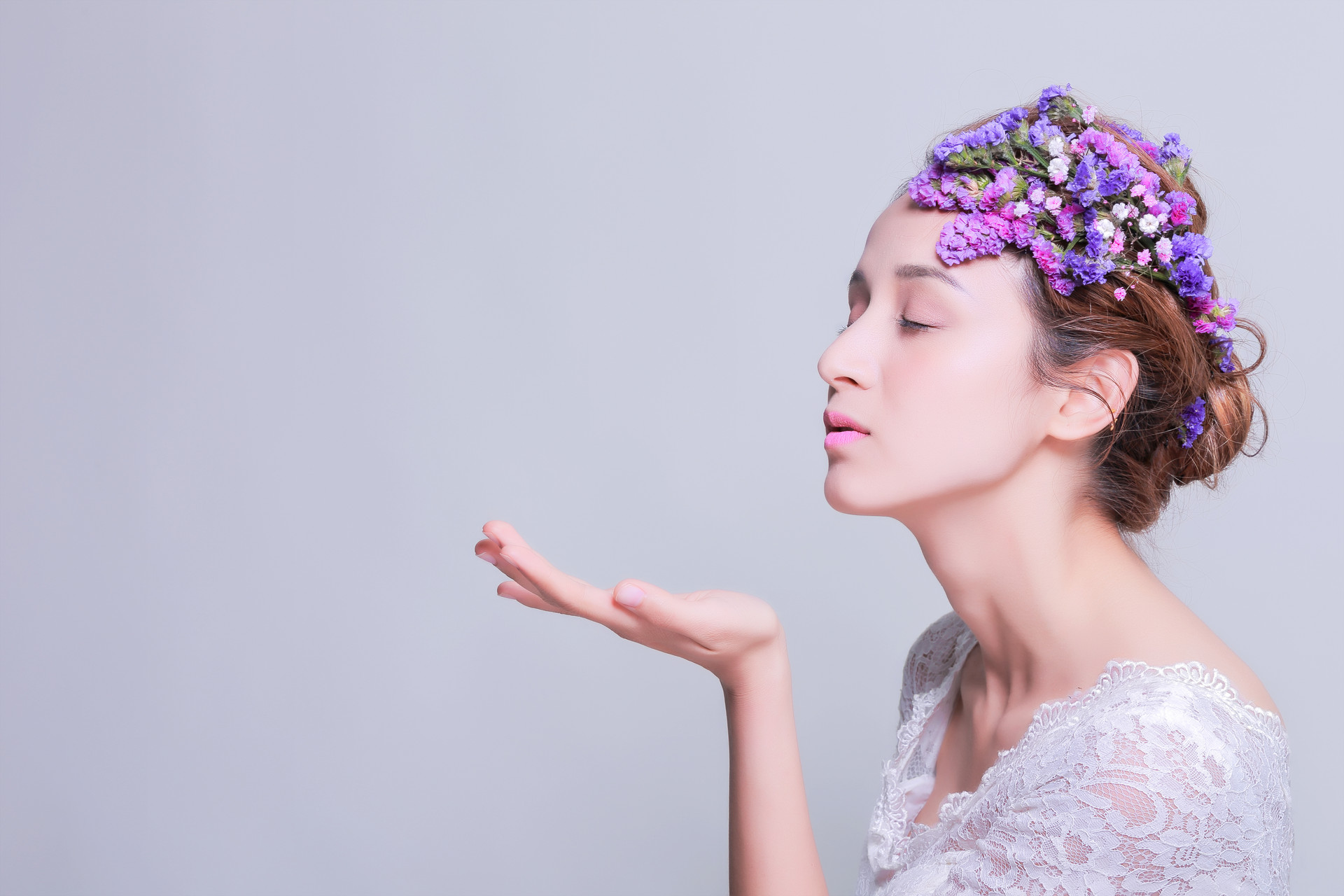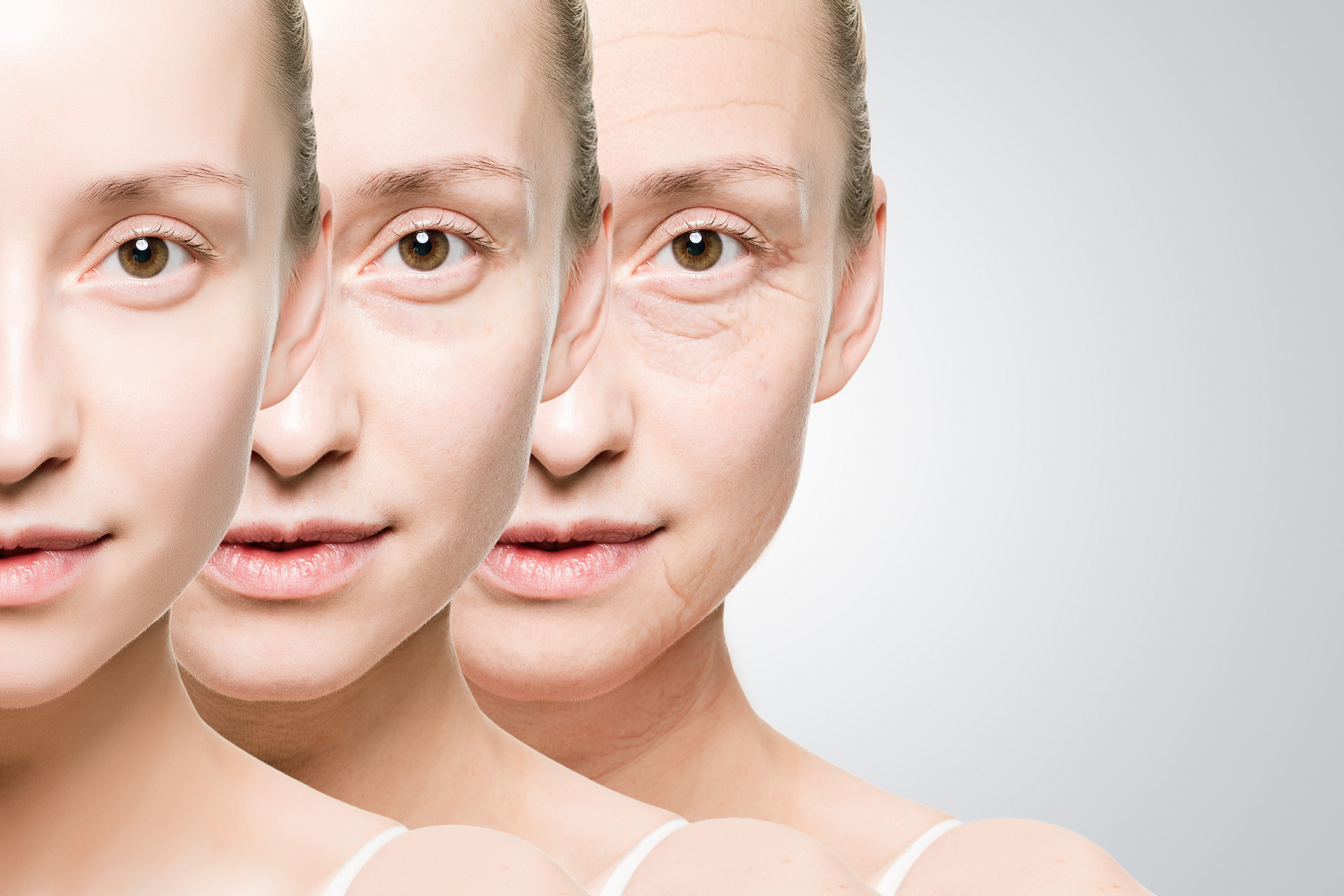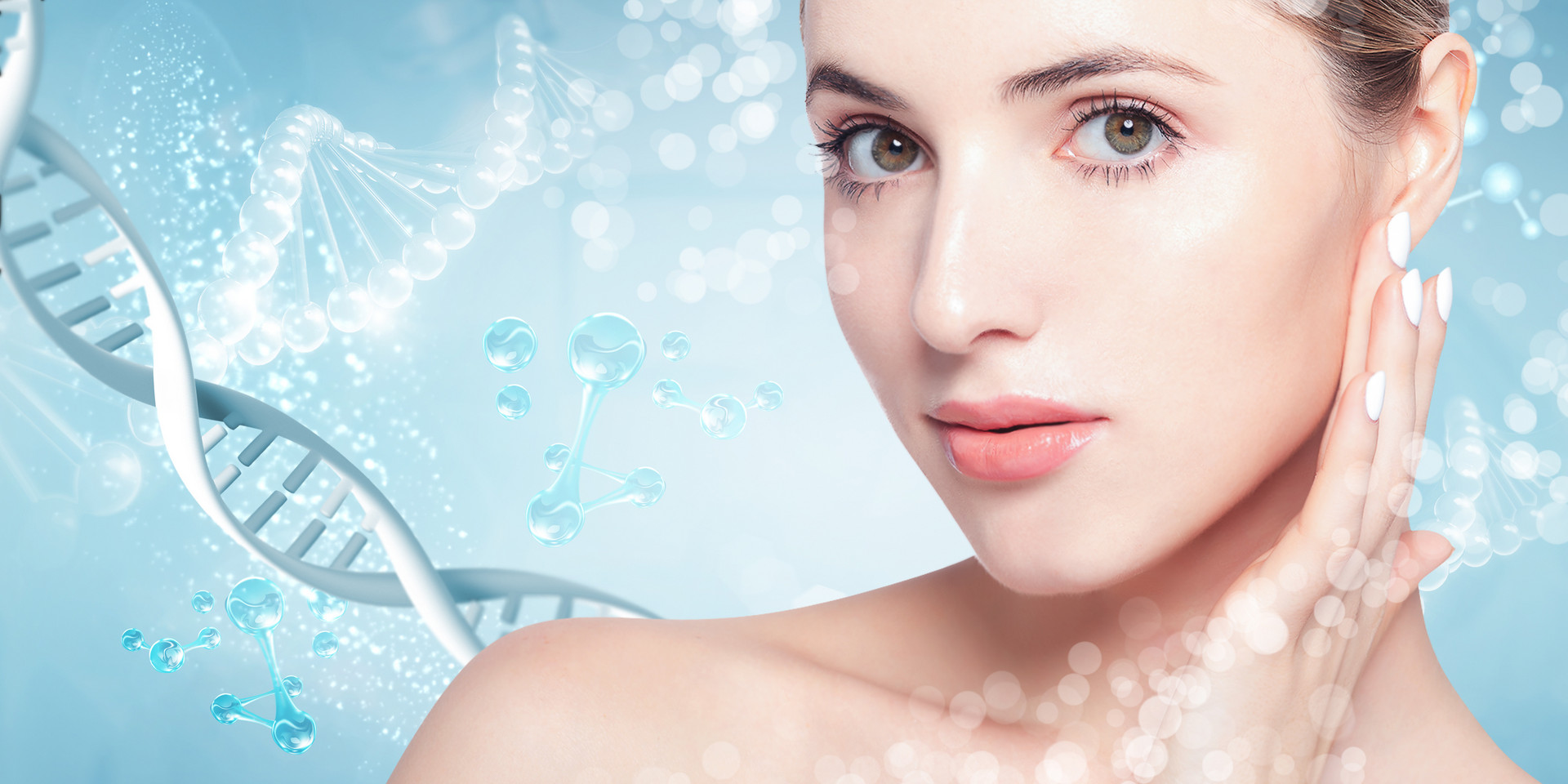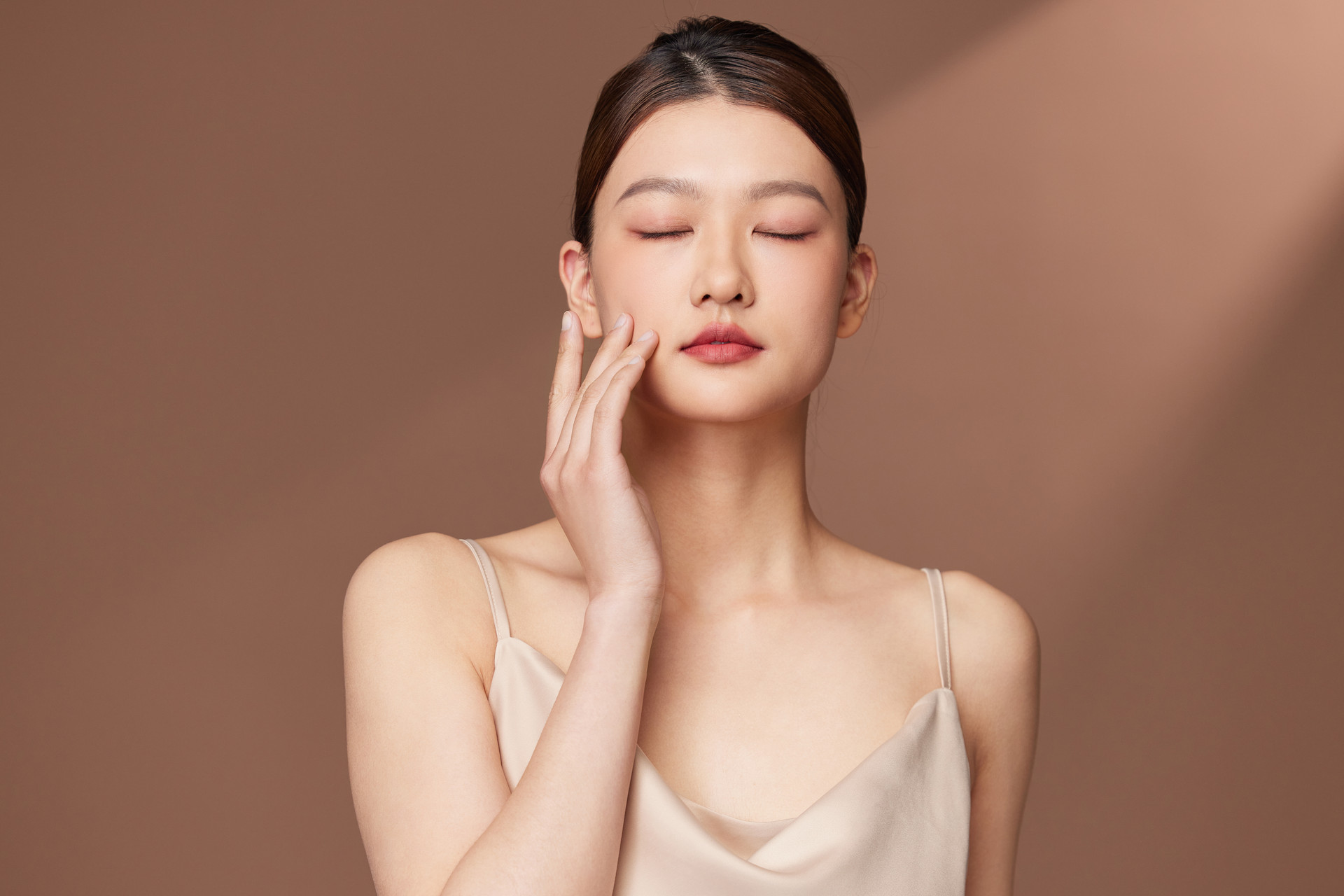"White hair" is a term used by most people to describe physical aging or a mature appearance in young people. The graying of hair in old age is a physiological phenomenon, while the occurrence of white hair in youth is known as premature graying, commonly referred to as "prematurely gray." Hair is considered the crown of one's appearance, and premature graying can make people feel prematurely aged, leading to feelings of inferiority and distress. With the development of society, the fast-paced lifestyle, increased work pressure, mental stress, and lack of sleep have led to an increasing number of young and middle-aged people with white hair.
What factors contribute to white hair?

Premature graying of hair in youth is mainly related to genetic factors, psychological factors, nutritional imbalances, and certain chronic diseases. The current understanding is that the pathogenesis is mainly associated with decreased activity of tyrosinase in melanocytes in the hair bulb, leading to reduced melanin synthesis and gradual graying of the hair. Additionally, the migration of melanocytes from the outer root sheath to the hair follicle papilla is reduced, which also disrupts the hair's normal coloring function. Studies have shown that individuals with a family history of premature graying have a six-fold higher likelihood of experiencing premature graying compared to those without a family history. Insufficient intake of protein or severe malnutrition, as well as deficiencies in trace elements, can also lead to premature graying of hair.
Is it possible to reverse white hair to black?
It is possible to slow down the rate of white hair growth or partially reverse white hair to black through proper diet, regular lifestyle, and relaxation. In clinical practice, three phenomena of white hair turning black are often observed. The first phenomenon: in cancer patients, the newly regenerated white hair after chemotherapy can turn black. The second phenomenon: in severe alopecia areata patients, the white downy hair can gradually turn black when the condition improves, eventually returning to normal black hair. The third phenomenon: in patients with cerebrovascular diseases, the white hair of some patients significantly reduces after improving the blood supply to the head. After stopping treatment, these blackened hairs gradually return to their initial white state. The exact mechanism of hair turning black is still unclear and requires further research.
What is the relationship between stress and white hair?
Psychological factors are important causes of premature graying in modern people. Intense work pressure can lead to mental tension, feelings of sadness, anxiety, and panic, all of which contribute to the occurrence of white hair. Modern medicine believes that adverse psychological factors can cause spasms in blood vessels that supply nutrients to hair, resulting in impaired function of pigment cells in the hair papilla and hair bulb, affecting the formation and transport of melanin particles. Moderate psychological stress triggers the body's stress response, leading to severe and prolonged neuroendocrine disorders, increased secretion of catecholamines, peripheral vasoconstriction, and microcirculation disorders. The norepinephrine in catecholamines can enhance the synthesis of melanin-inhibiting hormone, resulting in increased white hair.
In addition, certain chronic diseases such as autonomic dysfunction, hyperthyroidism, pernicious anemia, tuberculosis, cardiovascular diseases, autoimmune diseases, long-term chronic wasting diseases, and endocrine disorders can also lead to the occurrence of white hair.
Does white hair indicate a health problem?
The "Theory of Various Pathogenic Factors and Symptoms" states, "If there is deficiency in Qi and blood, the Qi of the kidney is weak. If the Qi of the kidney is weak, the bone marrow will wither, resulting in white hair." The kidneys govern the production of bone marrow and store essence, and its brilliance is reflected in the hair. The liver stores blood, and the hair is the surplus of blood. The spleen governs blood and is in charge of transportation and transformation. In young people, a vigorous liver Qi and excess heat in the blood can easily deplete yin and blood. Factors such as excessive emotional stress, excessive worry and anxiety, mental fatigue, liver Qi stagnation, and spleen deficiency can lead to deficiencies in the production of Qi and blood, resulting in insufficient nourishment of the hair and premature graying. In summary, traditional Chinese medicine believes that premature graying is mainly related to the kidneys, liver, and spleen. The health of hair depends on the nourishment of Qi and blood. If Qi and blood cannot ascend to nourish the head, it can lead to white hair. Therefore, white hair also reflects to some extent the dysfunction of a person's organs or the insufficient overall Qi, blood, and nutritional status.
How to improve white hair through health care?
Getting enough rest and maintaining a positive mindset: Maintaining a healthy lifestyle and a cheerful mood are essential in preventing premature graying of hair.
Engaging in physical exercise: It helps to enhance physical fitness, improve immune function, and promote overall blood circulation.
Pay attention to nutrition: A balanced diet is crucial. Consume foods rich in protein, reduce consumption of fatty and sugary foods, and pay attention to the intake of vitamins and trace elements. Try to have a diverse diet. Include tomatoes, potatoes, spinach, celery, animal liver, eggs, dairy products, soy products, black sesame, walnuts, and black fungus in your diet.
Scalp massage: Local scalp massage can promote scalp blood circulation, relax nerves, relieve fatigue, and improve scalp nutrition and oxygen supply.
Massage method 1: Separate the fingers of both hands naturally, use the fingertips to simulate combing the hair from front to back. You can use both hands simultaneously or alternate between them. Keep massaging until you feel a relaxed and warm sensation on the scalp. Massage method 2: Separate the fingers of both hands naturally, slightly bend them, and alternately tap the head. Start with tapping the forehead, top of the head, and back of the head, then tap the sides of the head and the area behind the ears. Gradually increase the intensity and maintain a quick and natural rhythm. Use the fingertips as the focus point for tapping, and continue for 2-3 minutes until you feel a warm sensation on the head. Pay more attention to tapping areas with more white hair.
Under the guidance of a physician, consider taking oral vitamins, folic acid, Chinese patent medicines, or herbal decoctions to help prevent or delay the onset and progression of white hair. If there is a chronic disease that may cause white hair, active treatment is necessary.






